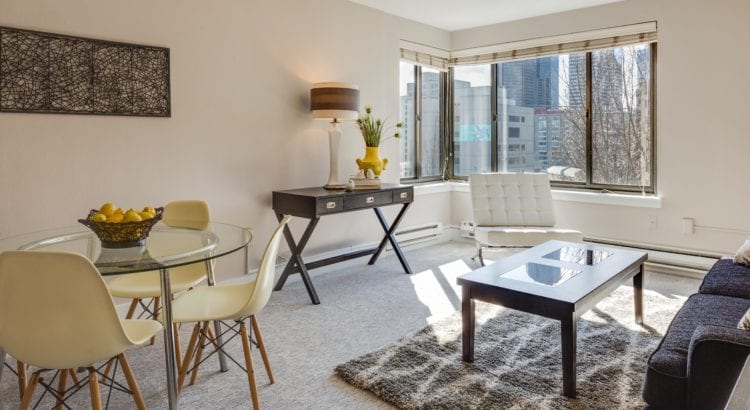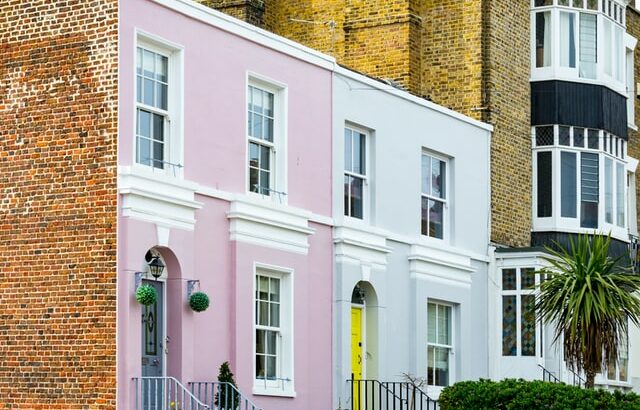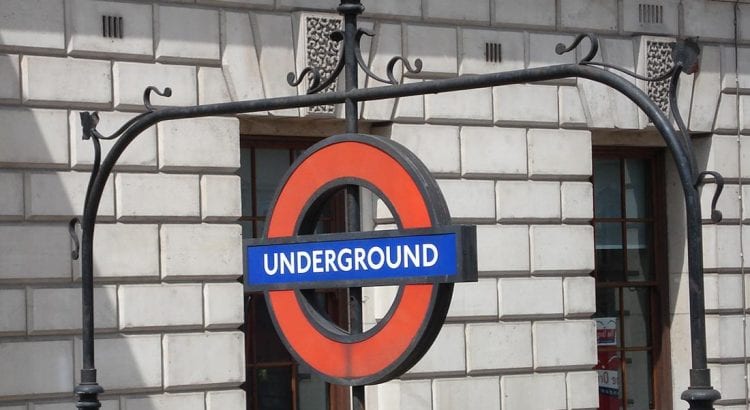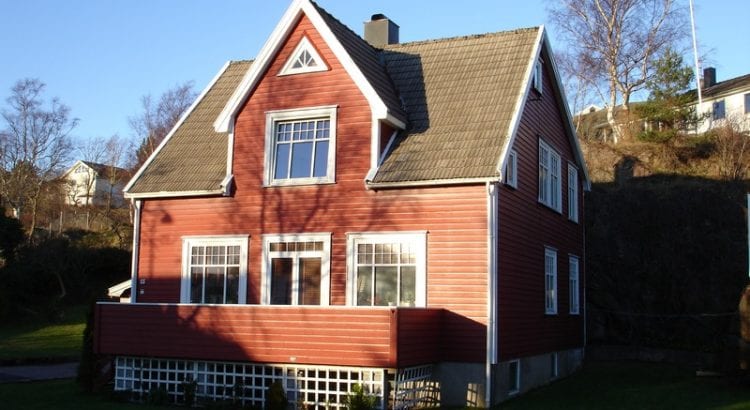Statistics tell us that 1 in 8 British households have no garden, which rises to 1 in 5 if you live in London. This can be highly challenging when it comes to storage space, and having the freedom to get some vital time in nature.
Luckily, there are ways to get around this challenge and still have a fantastic life at home without things feeling super chaotic.
First Things First, Which Kinds Of Properties Don’t Have Gardens?
Any kind of property can have no garden space. Of course, there are apartments and flats which commonly come without a garden, but any other type of home can be garden-free. For example: protected buildings on sacred ground may be placed within a graveyard, but you have no access to use those grounds as your own. Full sized houses may have also extended out into the garden to utilise space in the home, sacrificing outdoor space. This commonly happens in places like London where any square footage for extending is like gold dust and where extra storage may be required.
Key Challenges With Homes Without Gardens
The lack of access to nature can be a real challenge for people who live in homes without gardens. The great news is that there is a lot of free outdoor space in the UK to utilise, and indoor plants are very popular right now, enabling you to create your own natural haven indoors.
Additionally, usable self storage is very limited in a home without a garden. This is because we can often use sheds, garages and outdoor storage and when those things aren’t available, the house can feel a little tight for space.
Creating Storage In A Home With No Garden
What you can do when you have a home with no garden is utilise the storage you do have, and create additional storage to help avoid clutter and using up previous space in your home.
To utilise the storage that you do have, make sure that you:
- Have the best possible storage solutions that provide maximum storage opportunities for the space the occupy
- Declutter regularly so that you’re never filling your storage with unnecessary items
- Beware of larger items of furniture that use up space for no practical reason
- Always consider moving things around in case layout can provide better opportunity for functionality and storage
To create more storage you could also consider getting some affordable self storage. Affordable self storage is secure, dry and comes in all different shapes and sizes, which is really handy when you don’t have a garden. You can use it to store almost anything (give or take a small list of banned items) for an affordable rate that usually comes with a highly flexible contract. Local self storage is useful for items like camping gear, large hobby items, seasonal clothing and any sentimental items you know you want to keep, but you don’t have room for at home.
A Garden Doesn’t Make A Home
Even if you don’t have a garden at the moment, you can still create a beautiful, functional, spacious home with savvy storage and good clutter management. In the end, your home is what you make of it, and the memories you make in it, garden or no garden.










